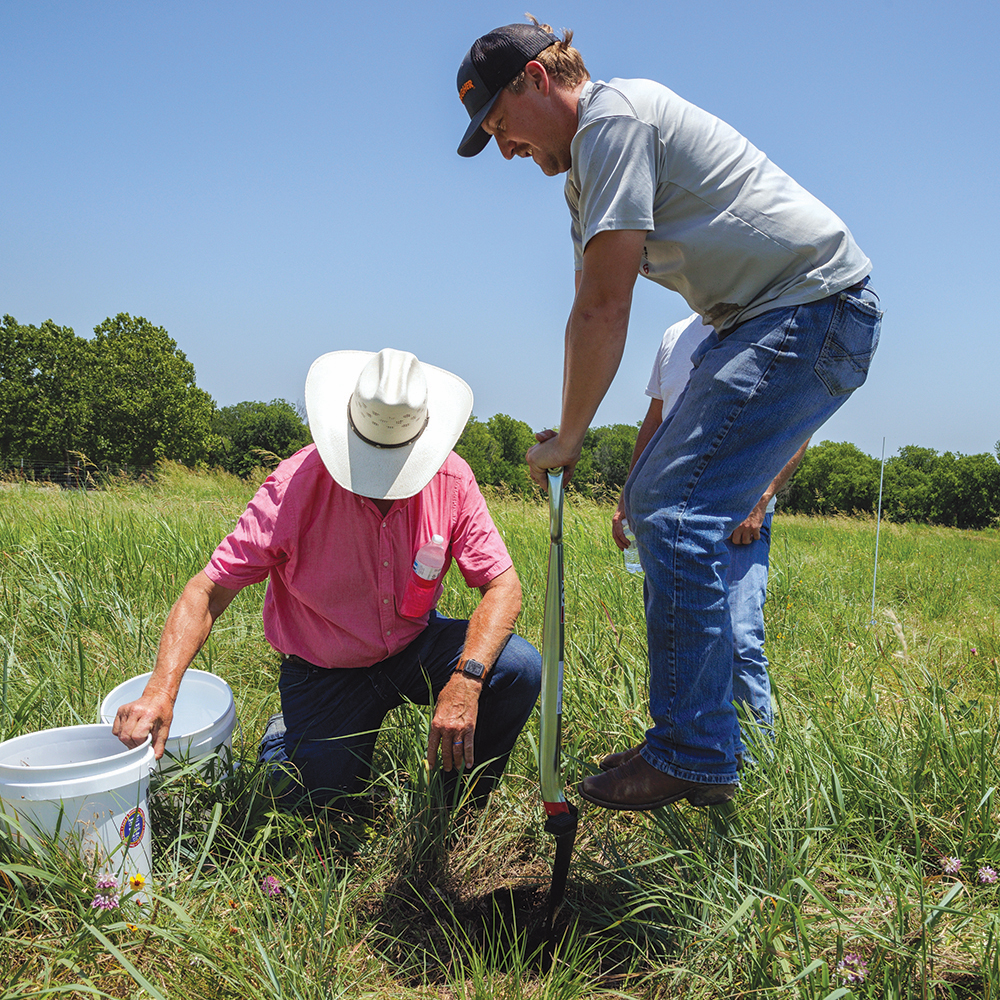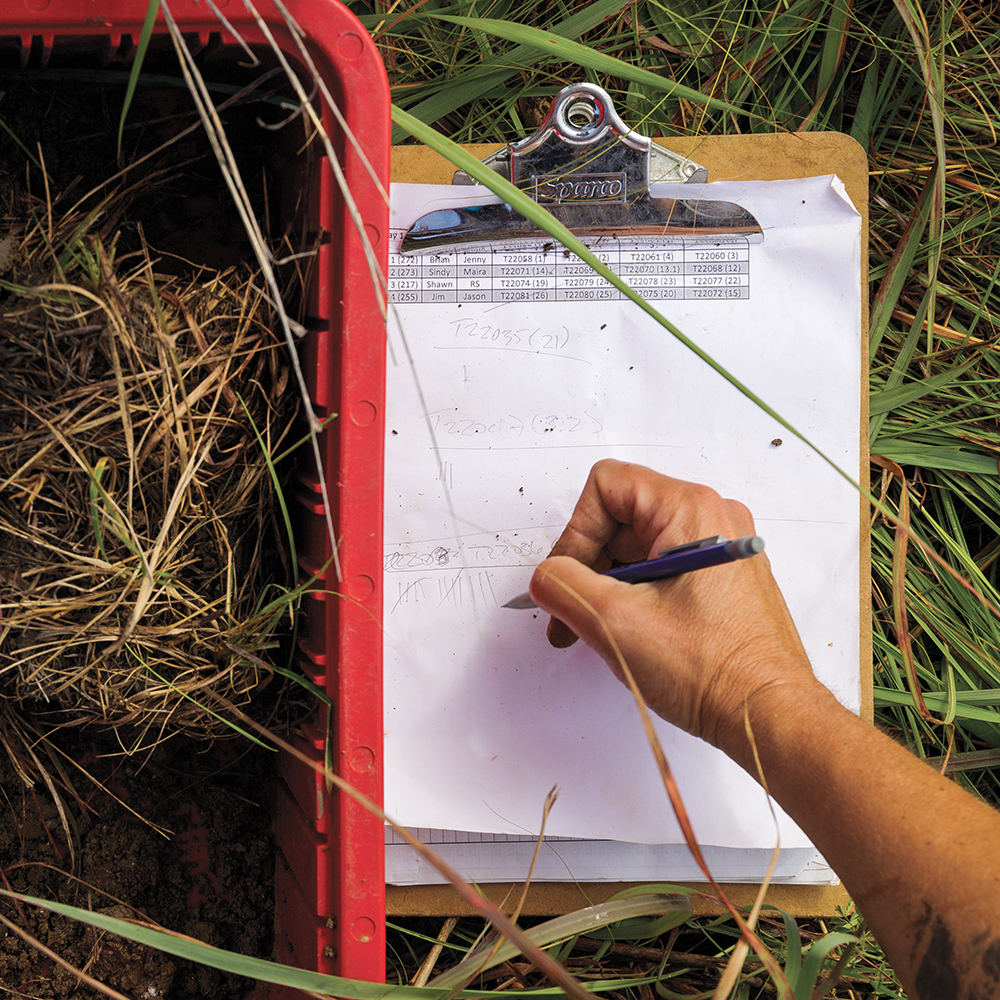Big digger: The mighty earthworm
Tracking this small but mighty decomposer can help you monitor your soil’s regenerative journey.
Below your pastures is a living and breathing ecosystem. One that is interconnected with the plants above, vital to your operation, but sometimes overlooked. With the right measurements and a few household items, you easily can track the progress of your soil’s regenerative journey. In comes the hero of this DIY … this big digger with a small stature: the earthworm.
Earthworms aid in soil biology, water infiltration and mitigating soil erosion by creating pathways for roots and water to travel. A good target number is 10 earthworms per cubic foot of soil. Tracking the number of earthworms you have over time will help you see verifiable results of improvements to your soil health.
Here’s how to do an earthworm count for a quick look at your soil health. Best times to dig are late spring or early summer.


Materials:
- Pencil
- Clipboard
- Shovel
- Ruler or tape measure
- Buckets
- Tally counter
Instructions:
- Dig a hole in your pasture 1 foot wide by 1 foot long by 1 foot deep. If you’re unable to dig the full depth, record your depth to be able to calculate the number of worms into the number per cubic foot.
- Using GPS on your smartphone, mark the general location where you dug so that you know to dig in a different spot the next year.
- Place all the soil into buckets or large containers. You may complete the final count at any point during the day, so feel free to transport the container back to your shop or house.
- Carefully sort through the soil by hand, breaking it into small enough pieces that you can count all earthworms present.
- Tally the earthworms as you find them.
Record the number of earthworms per cubic foot of soil for that field so you can compare your counts over time.

Make a positive impact on your land, your livestock and your livelihood.
Take action now towards a more sustainable and more profitable future.


Comment